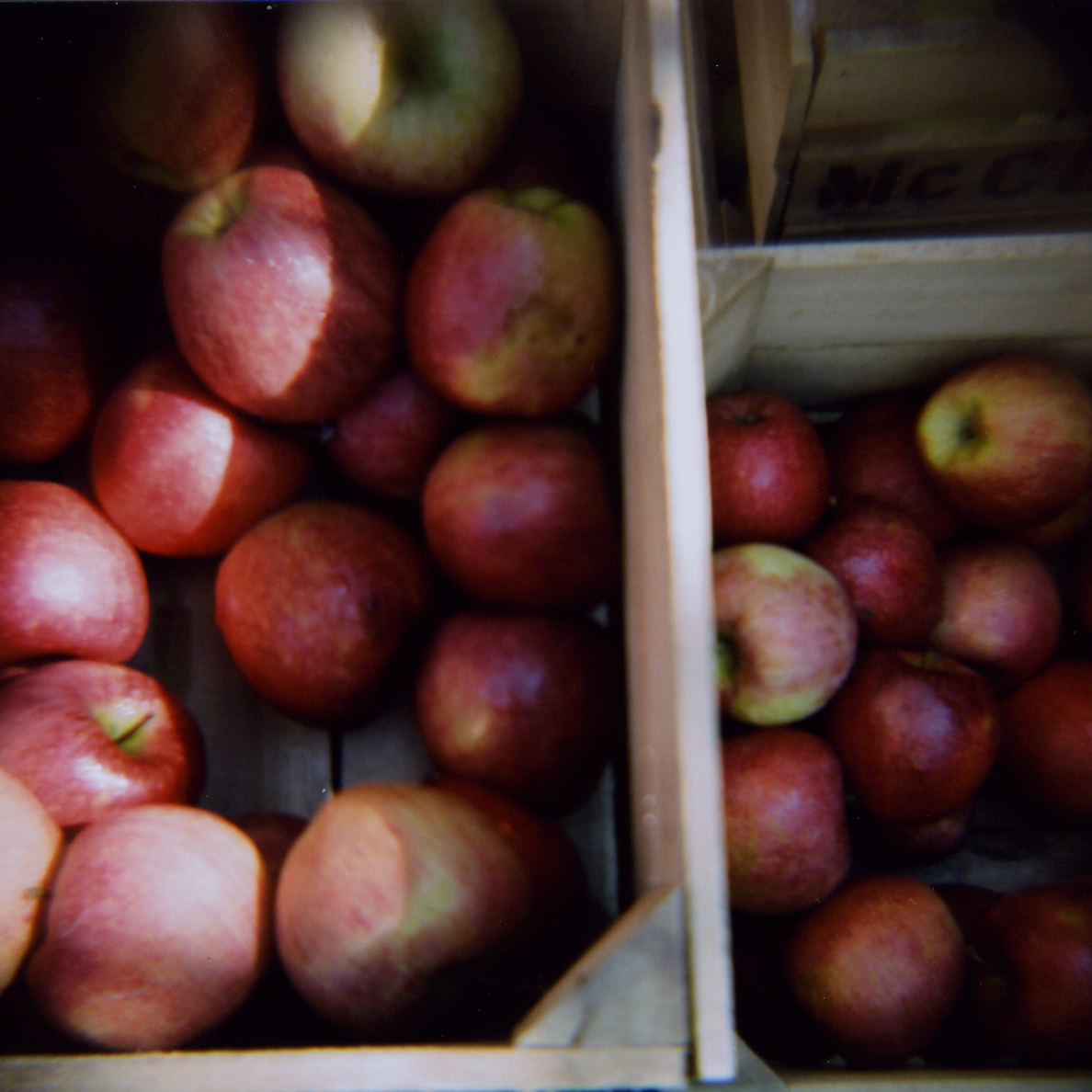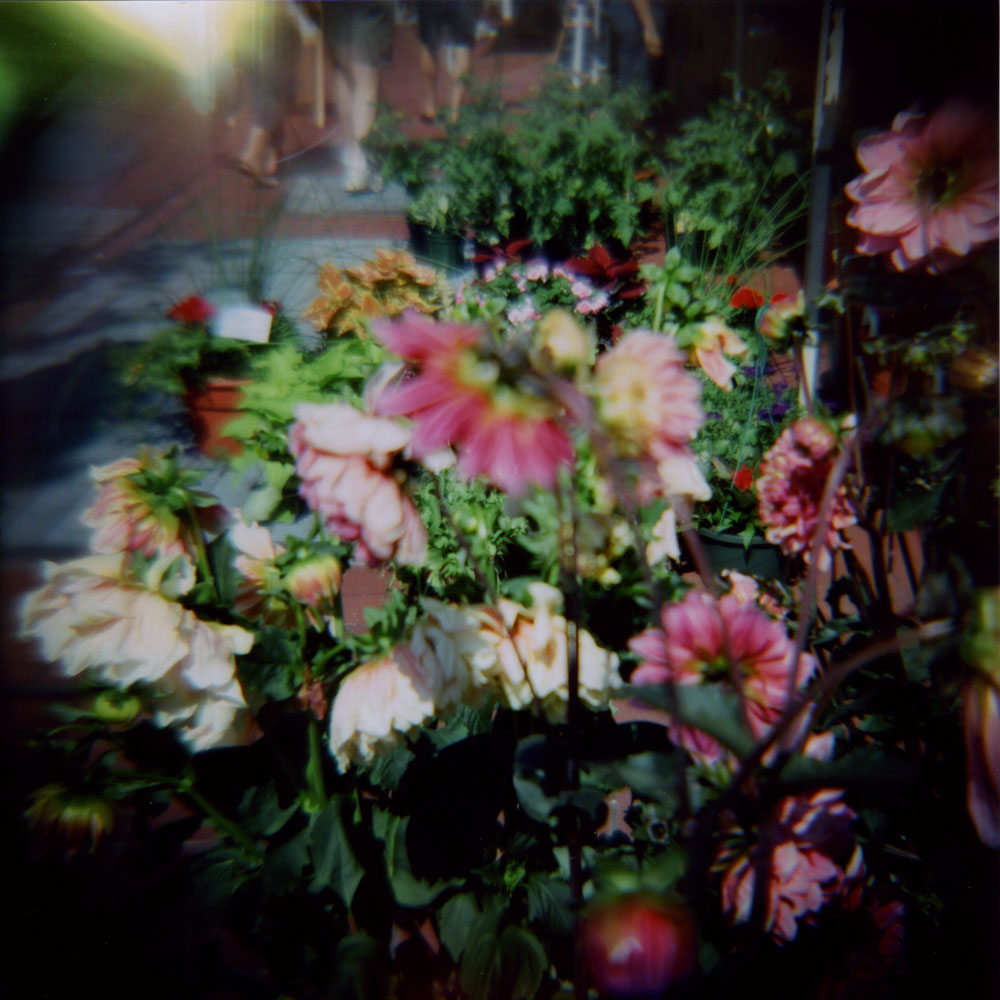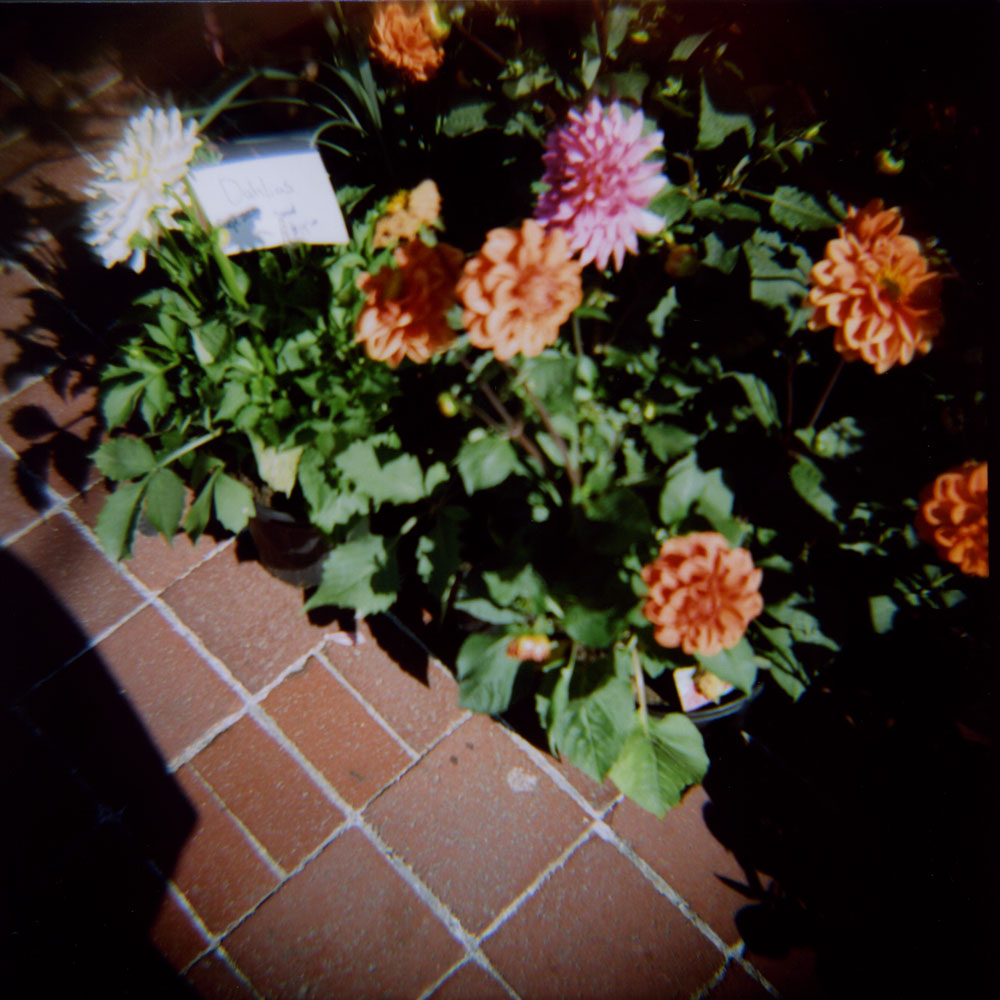Green and the application of the term to the architecture and design is an often abused. I have known of professionals who label their designs “green” just because it had “natural ventilation" (i.e. the windows open). When I was in architectural school in the early nineties, Green had the stigma associated with hippy designs. These relied on centuries old rules-of-thumb. Buildings faced south, incorporated massive walls for heat retention (trom walls), and were usually in the form of geodesic dome. There was a movement towards legitimizing green architecture in the late 1990’s and the US Green Building Council sought to avoid casual and abusive application of the term by qualifying “green” through a LEED (Leadership in Energy and Environmental Design) certification system. The system codified everything from achieving healthier built environments (from air quality to daylighting) to encouraging the use of sustainable building materials and building practices.
Upon becoming familiar with the system for the book, The Good Office, that I coauthored with Kristen Becker, I was drawn to the emphasis the system put on the value of reducing waste through the reuse of items that would be slated for demolition. The LEED system declared there was a value to this architecture beyond just aesthetics.
When researching projects for my books on restaurant and office design, I found myself drawn to projects that incorporated the reuse of materials. From restaurants that reuse the instruments for eating in their design to an office that created an iconic design piece from items that would have been thrown away, the most green and inspiring designs demonstrated the synergy of a common material.
In my first book, Restaurants by Design, I reviewed a small restaurant in Manhattan’s Lower East Side. Confronted with a small space the designers took inspiration from the restaurants theme (seafood) and common serving utensil (the skewer). These applied en masse transformed the space and made you feel like you were on a sea bed amongst grass. The skewers had been collected over time and were reused (after washing) prior to installation. The design is representative of how how a green approach to design can not only transform a space, but take waste material and incorporate it into design.
Only blocks from the Hudson river in Manhattan’s NOLITA, Smith and Mills integrates countless artifacts from a defunct machine factory in Brooklyn into the design for their small restaurant and bar. The former stable was changed into a cozy and hip bar with their collection of old machine jigs, engineering drawings, drafting equipment, and furniture. An old elevator makes the enclosure for the bathroom, all of the tables and stools are direct from the engineering drafting room. The items were selected to maintain an alluring aesthetic that carefully walks the line between a modern cocktail bar and an attic rich with history and long forgotten purpose.
Years before it was trendy to have a Green workplace, the marketing firm of Sedgwick Rd, hired Olson Sundberg Kundig Allen Architects to adapt an old machine shop into a new office space. After seeing the raw undemolished space, the design team saw the beauty in what most would want to throw away. The design team convinced the client to save some pieces for the old space by tapping into the marketing team's philosophy- to share ideas through an open office space . These reused items where integrated throughout the design, but most noticeably in the “Frankenstein” piece-a series of original elements that were mobilized with reclaimed castors mounted on old steel beams that allow for flexible definition of meeting space.
I find inspiration in the spirit and execution of such environmentally and aesthetically responsible designs. Our society has made it easier to throw-away, rather than to save. These designs constantly change my perception of what is possible with everyday materials. It is easy to get comfortable with traditional materials and methods of construction. I have preferences that I defer to because I know them to be beautiful. When a design outside of those constructs catches my eye, it causes me to take a second look and ask critical questions. It redefines for me what is possible in a greener architecture.
June 25, 2009
June 18, 2009
we're back! did you miss us?

We missed us!
How did it happen? Somehow the Sew Greeney goodness kind of petered out last year, and I think I can speak for all the contributors when I say this, but um, well, I was kind of busy and sort of let it slide.
But that's all in the past! We've regrouped and reorganized, and we are planning some fun new stuff for the summer. The Sew Green contributors list will finally include a dude (dude!), and we're hoping to have old friends come back and visit with guest posts from time to time as well.
If you don't already know us, the Sew Green contributors are a group of artists, crafters and designers. Some of us are also scientists, parents, gardeners, musicians, and a great number of other things, in our daily lives. We're trying do all that we do in ways that are more sustainable, and that's what we write about here (especially the art, craft and design part). It's important to all of us to not just make our own daily lives and work better, but to change the larger systems we live in to be more sustainable as well - though we all do it differently, from art to activism.
Be looking for weekly posts this summer, and let us know what else you want to see here. You can also follow our regular tidbits on Twitter. Thanks for sticking with us, or for coming by to check us out!
June 15, 2009
the price of food

i grew up in LA.
we were not the farmers market shopping, canvas bag toting, family biking type of family. it surprises me when i think back on it...
my mom was from germany and gravitated towards those things.
she always stopped at the roadside stands on the coast for strawberries & green beans wrapped neatly in white butcher paper.
she bought pasta and cheese at the italian grocer who flirted with my shy, soft-spoken, red-headed mother who always had at least 2 kids in tow.

i care an awful lot about what i eat.
although i am not the chef of the house,
we are always trying to buy (& grow) all organic, local produce.

my partner and i had a long discussion about a blog that he read
which has received a lot of press called $5 dinners.

we couldn't get over how much praise she was getting for making cheap dinners with little regard (nutrition is mentioned) to the quality of food that she was feeding her children.

now,
i totally understand that many families need to cut costs during these tough economic times, some have fewer choices than others,
but there is a cost/benefit depending on where you decide to cut.
i couldn't find on $5 dinners where she usually buys her food, but if she is buying most things on sale or with a coupon at prices, such as chicken breasts, sliced ($1.66), i think it's fair to make the assumption these are mass-produced items.
is this really the meat you want to feed your kid?
certainly you pay a price for buying cheap.
how can feeding the cheapest quality food to kids (or yourself) be the best way to cut cost? yet americans will cut food costs before they cut cable (also here).
my point is not to criticize this woman for trying to keep costs down
but rather to question why cost is the most important consideration.
i also want to emphasize that it is always important to recognize the place (and priviledge) from which our perspectives evolve.
not everyone has access to the same foods or the same choices.
i speak directly about those who DO have those choices.
if you are on the internet, blogging about food and what your family eats, then i think you have a certain responsibility to your readers.
i would argue for taking local vacations, cutting cable, your second car, or unlimited texting on your mobile but not sacrificing the quality of food.
as my partner put it,
the sacrifice that $5dinners talks about is only temporary... real sacrifice is sustainable...it has to be or we (or our children) will wind up here again.
we'd love to hear your thoughts.
xo
note: this was cross-posted here.
Subscribe to:
Comments (Atom)




